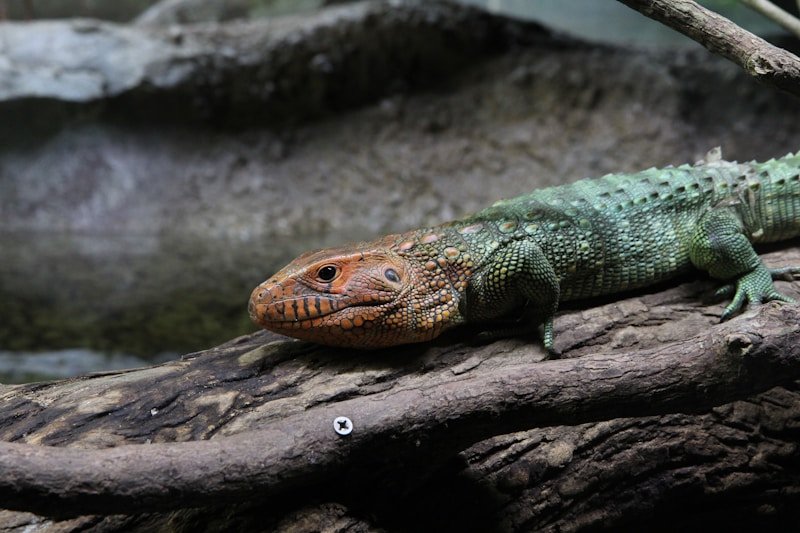Venomous reptiles have long fascinated and frightened humanity. From their dazzling patterns and stealthy movements to their lethal bite or sting, these creatures embody the perfect balance of elegance and danger. Despite their reputation, venomous reptiles play vital roles in their ecosystems and often possess unique adaptations that make them both terrifying and captivating. This article delves into the world of venomous reptiles, exploring their biology, roles in nature, and the ongoing relationship between humans and these extraordinary animals.
The Science Behind Venom
Venom is not just poison — it is a complex biochemical weapon used for predation, defense, or both. In venomous reptiles, venom is typically delivered through specialized fangs or grooved teeth. Snakes are the most notorious venomous reptiles, though a few species of lizards, such as the Gila monster and the Komodo dragon, also produce venom.
Venom composition varies greatly between species. Some venoms are neurotoxic, attacking the nervous system and potentially leading to paralysis or death. Others are hemotoxic, causing tissue damage, internal bleeding, and organ failure. Some, like those of the spitting cobra, even contain enzymes that cause severe irritation or blindness if sprayed into the eyes.
Interestingly, venom evolves rapidly and can differ even among populations of the same species. Scientists study these differences not only to understand reptile evolution but also to develop new medical treatments — including painkillers, blood pressure medication, and clotting agents — based on venom components.
Masters of Camouflage and Precision
Venomous reptiles are masters of ambush and precision. Their success as predators often relies on remaining hidden until the perfect moment to strike. The Gaboon viper, for instance, is a large, beautifully patterned snake found in African rainforests. Its intricate scales blend so perfectly with the forest floor that it is nearly invisible. When prey comes close, the snake strikes with astonishing speed, delivering one of the most potent venoms of any viper.
Desert horned vipers use sidewinding motion to travel across hot sand, minimizing contact with scorching surfaces. Meanwhile, tree-dwelling species like the green mamba combine agility and potent venom, making them both efficient hunters and formidable defenders.
In the lizard world, the Gila monster of the American Southwest uses a slow but effective bite to inject venom, primarily for defense. Its bright coloration serves as a warning, signaling its dangerous capabilities to would-be predators.
Ecological Importance and Conservation
Despite their fearsome nature, venomous reptiles are crucial to the health of ecosystems. They regulate populations of rodents and other small animals, preventing the spread of disease and helping maintain ecological balance. In turn, they serve as prey for larger predators, fitting neatly into the complex food web.
However, many venomous reptiles face threats from habitat destruction, climate change, and persecution by humans. Misunderstood and often killed on sight, these animals are declining in number in many parts of the world. The King cobra, for example, is listed as vulnerable due to rapid habitat loss across Southeast Asia.
Conservation efforts are increasingly focused on education and habitat protection. Organizations worldwide are working to inform communities about the importance of snakes and other reptiles, promoting coexistence rather than conflict. Captive breeding programs and protected reserves are also helping to stabilize populations of threatened species.
Coexistence and Human Fascination
The human relationship with venomous reptiles is one of both fear and reverence. In many cultures, snakes are symbols of power, rebirth, or danger. Their appearance in mythologies — from the serpent in the Garden of Eden to the cobra goddess Wadjet of ancient Egypt — reflects our complex views of these animals.
Today, venomous reptiles continue to inspire curiosity. Snake handlers, researchers, and photographers work closely with them, showcasing their behaviors and importance. Venom research contributes to modern medicine, and zoos and sanctuaries provide safe environments for education and conservation.
But coexistence also demands respect and caution. Learning how to identify venomous species, avoiding their habitats when necessary, and supporting local conservation initiatives are all ways humans can share space with these incredible creatures more safely.
Venomous reptiles are more than just symbols of danger — they are beautiful, intelligent, and essential components of the natural world. Their striking appearances, intricate adaptations, and ecological roles make them truly fascinating subjects of study and admiration. By looking beyond the fear, we can begin to appreciate their deadly beauty and ensure their survival for generations to come.

